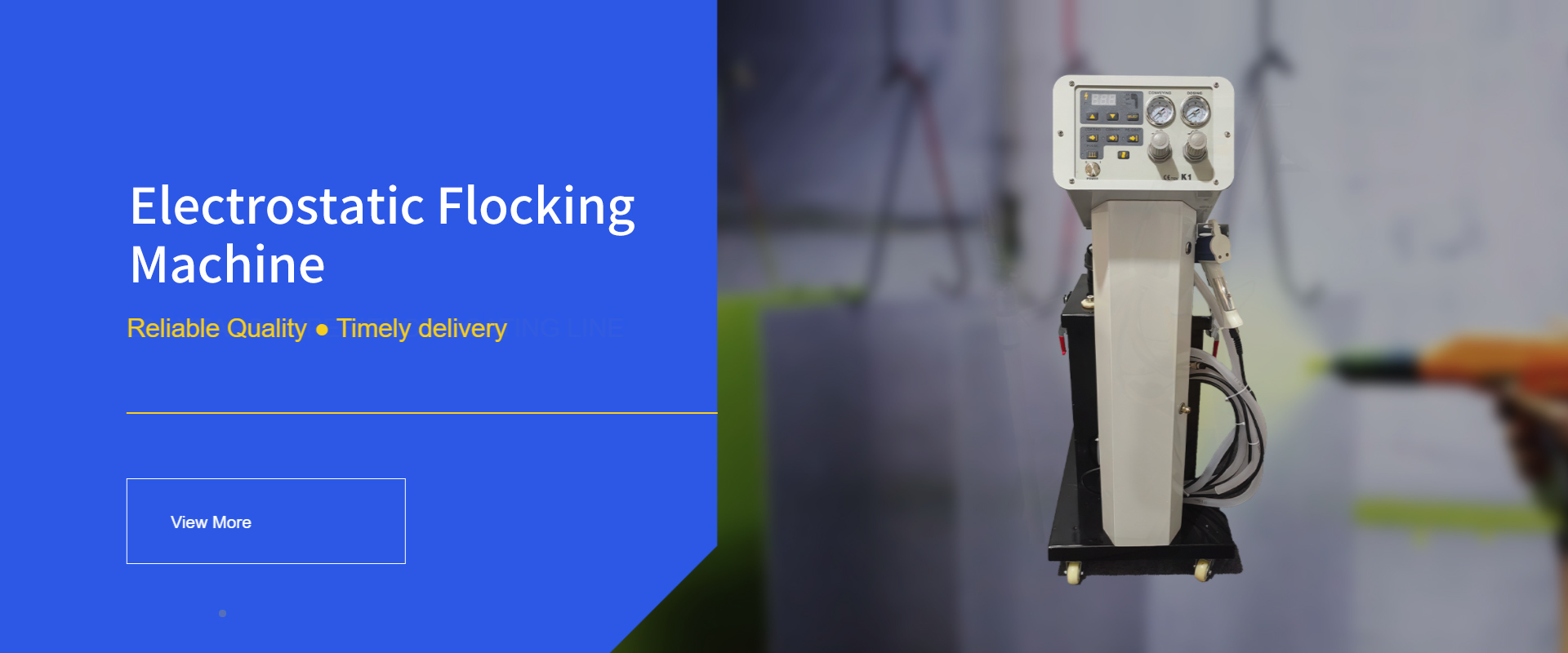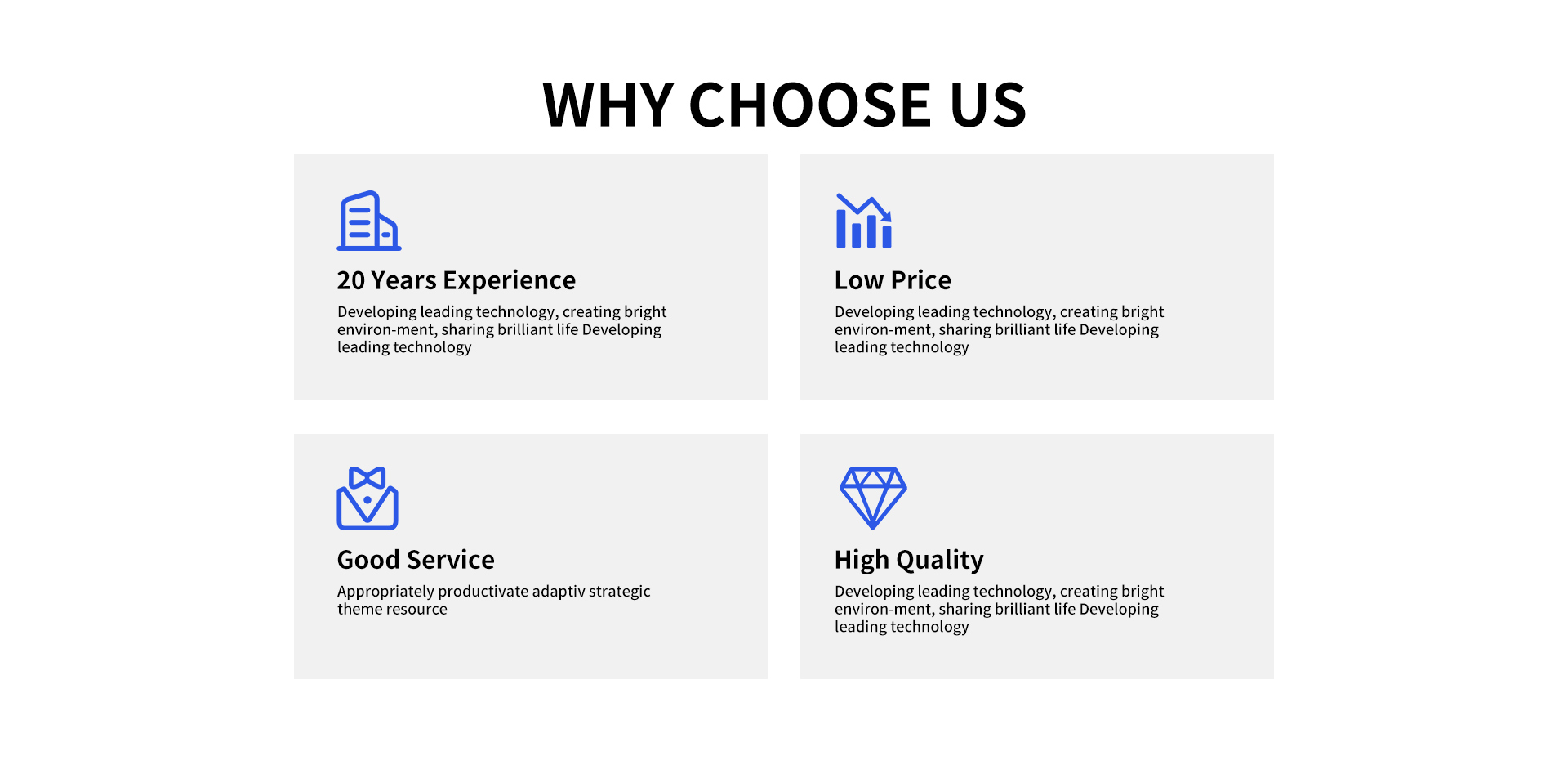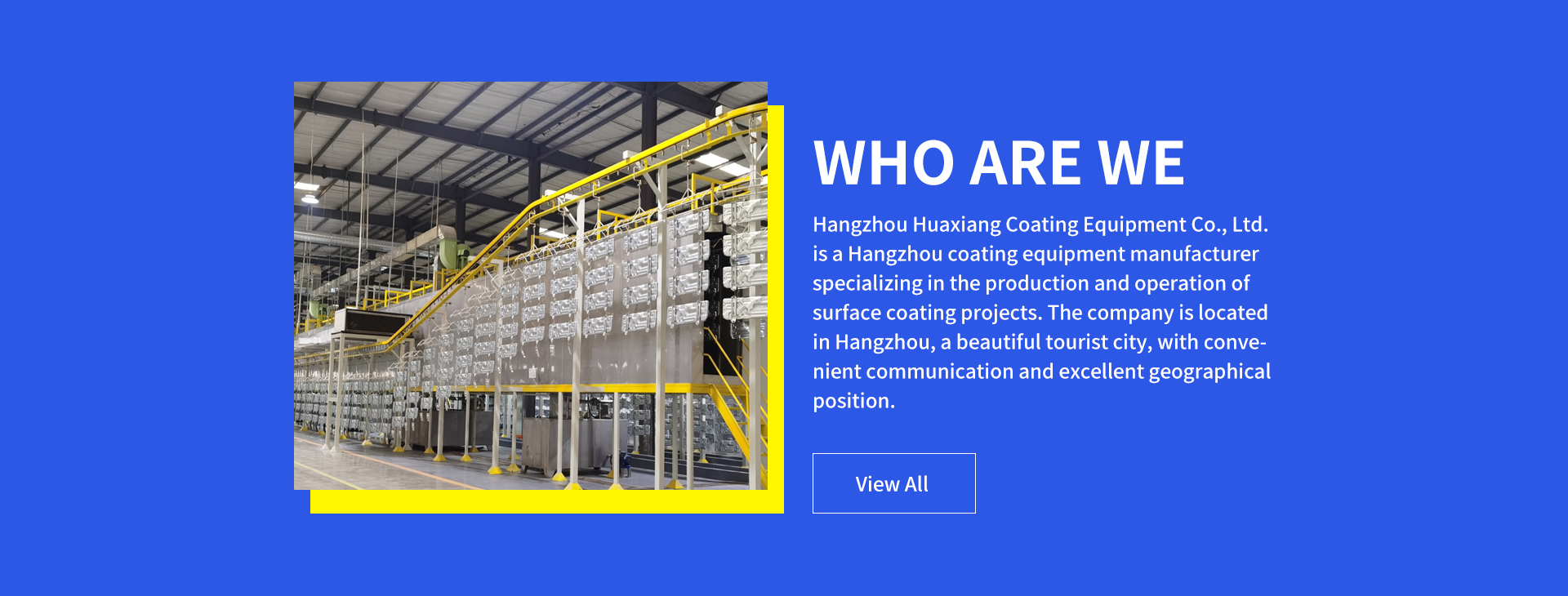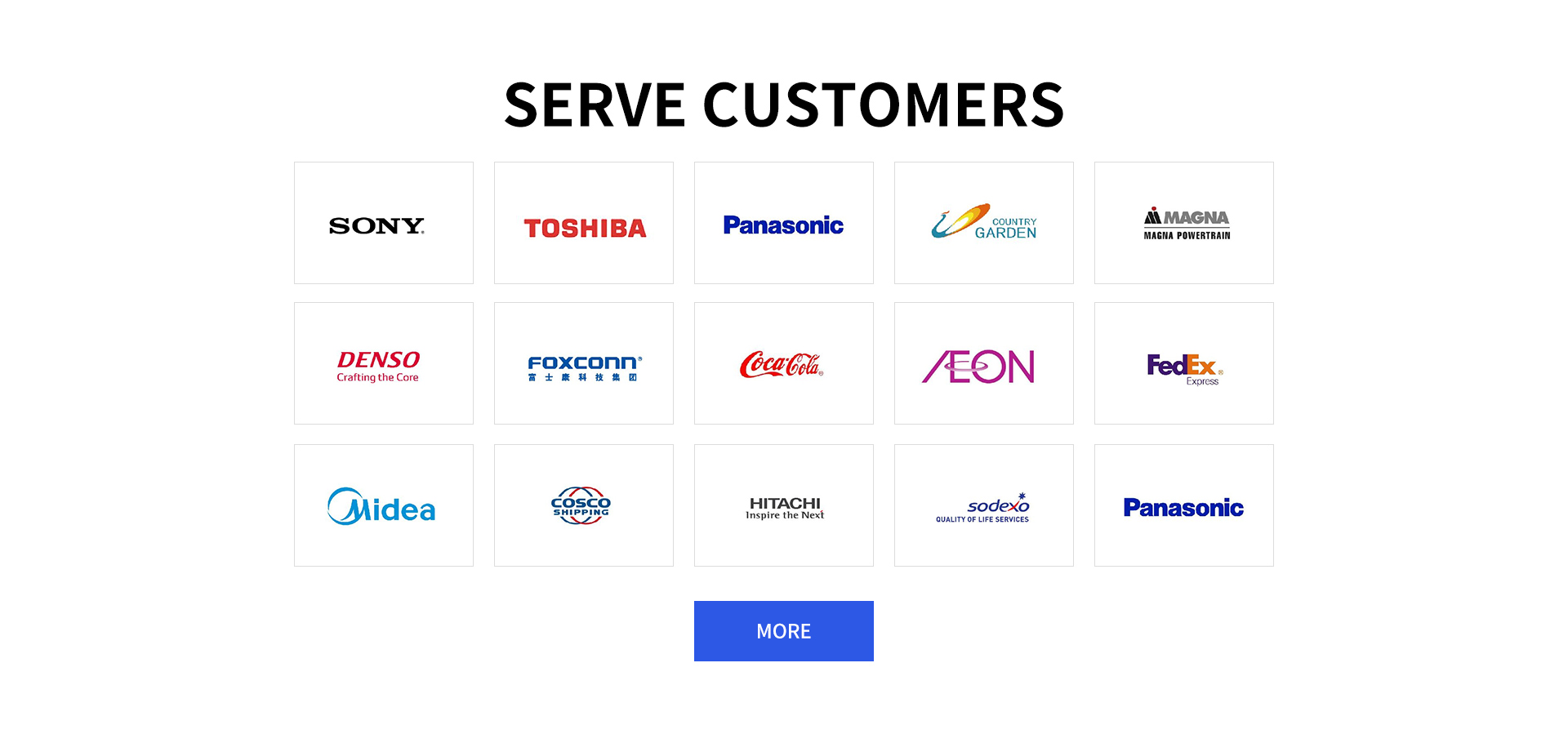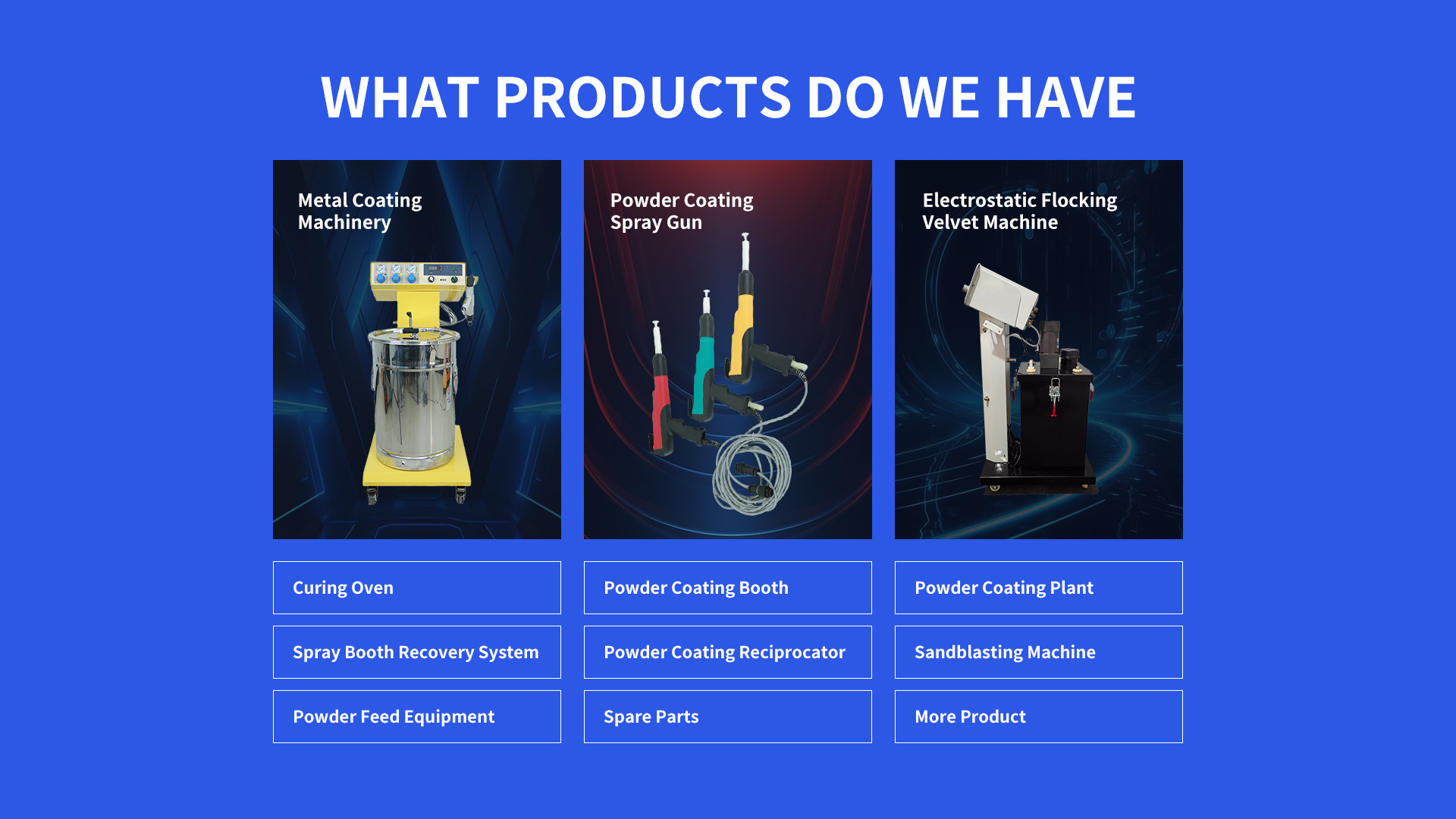Professional Powder Coating Curing Ovens are critical for transforming electrostatic powder into a hardened, durable finish. These ovens use precise temperature control to melt and cure powder coatings evenly on metals, plastics, and ceramics. Designed for industries like automotive, aerospace, and furniture manufacturing, they ensure chemical resistance, UV protection, and long-lasting aesthetics. Modern ovens feature energy-efficient heating systems, uniform heat distribution, and advanced airflow technology. By optimizing curing cycles and reducing energy consumption, professional powder coating curing ovens enhance productivity while meeting environmental and safety standards.
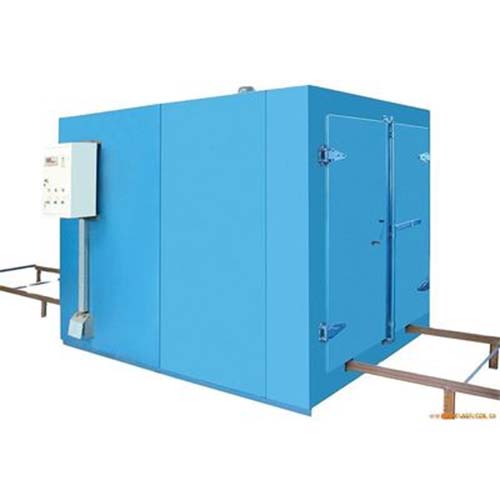
1. Components and Features of Professional Powder Coating Curing Ovens
A Professional Powder Coating Curing Oven comprises insulated chambers, heating elements, ventilation systems, and digital controls. The chamber is built with heat-resistant steel, while heating elements (electric, gas, or infrared) ensure rapid temperature rise. Forced-air circulation eliminates cold spots, and programmable timers automate curing cycles. High-end models include energy recovery units and IoT connectivity for remote monitoring. Safety features like overheat sensors and automatic shutdowns prevent hazards.
2. Applications of Professional Powder Coating Curing Ovens
These Professional Powder Coating Curing Ovens are used in automotive part production, appliance manufacturing, and architectural metalwork. They cure coatings on car rims, kitchen appliances, window frames, and industrial machinery. Custom applications include medical equipment, outdoor furniture, and agricultural tools requiring weatherproof finishes. Artists and small-scale workshops also utilize compact ovens for bespoke projects.
3. Design Considerations for Powder Coating Curing Ovens
Manufacturers prioritize uniform heat distribution to avoid under-cured or burnt coatings. Insulation quality minimizes heat loss, and airflow design ensures consistent curing. Compliance with OSHA and NFPA standards is mandatory, with explosion-proof options for flammable powder environments. Modular designs allow scalability, while energy-efficient burners reduce operational costs.
4. How to Select Professional Powder Coating Curing Ovens
Evaluate oven size, heating method, and production volume. Gas Professional Powder Coating Curing Ovens suit high-throughput facilities, while electric models are ideal for precision. Check temperature range (typically 300°F–450°F) and heating speed. Opt for ovens with easy-to-clean interiors and user-friendly interfaces. Verify warranties and after-sales support, especially for industrial-grade systems.
5. Q&A on Professional Powder Coating Curing Ovens
Q1: What drives the cost of curing ovens?
A1: Pricing depends on size, heating technology, and automation. Industrial ovens with IoT integration cost more but improve efficiency.
Q2: How to maintain a powder coating curing oven?
A2: Clean air filters monthly, inspect heating elements for wear, and calibrate temperature sensors annually.
Q3: Can these ovens cure multiple materials?
A3: Yes. Professional powder coating curing ovens support metals, plastics, and ceramics with adjustable settings.
Q4: Are curing ovens safe for small workshops?
A4: Absolutely. Compact models with safety locks and ventilation meet small-scale operational needs.
Q5: Why choose professional ovens over DIY alternatives?
A5: Professional powder coating curing ovens guarantee precise temperature control, durability, and regulatory compliance.
Statement: Hangzhou Huaxiang Coating Equipment Co., Ltd Chinese Powder Coating Equipment facturers provide you with customized equipment for various types of Powder Coating Lines, Powder Coating Ovens, Powder Coating Booths,Powder Coating Guns, etc. For inquiries! Contact us at
Email: gezx@cncolourspray.com
WhatsApp: +86 13335812068

